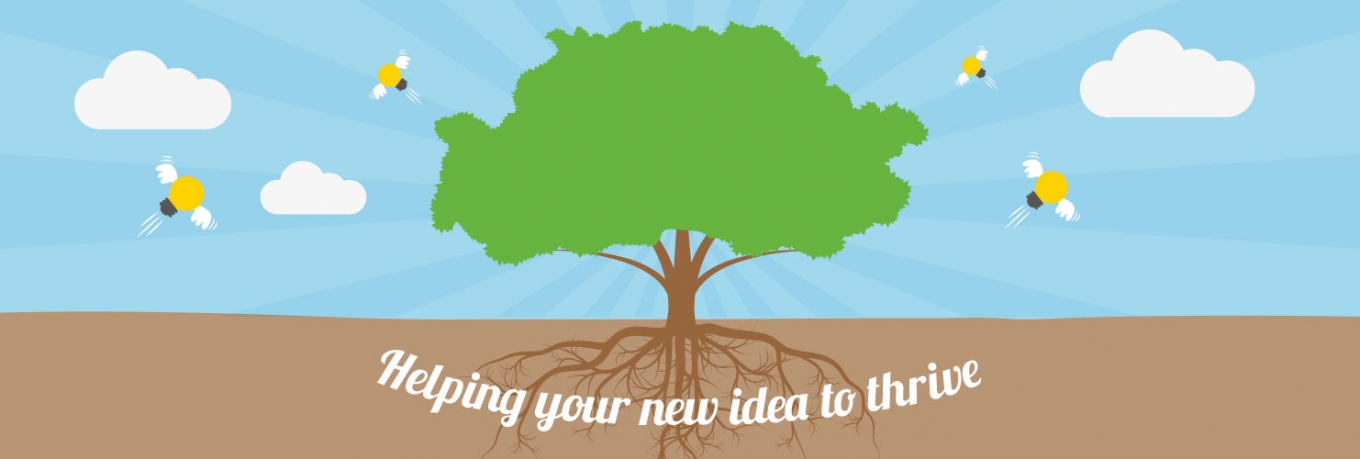What’s the best piece of advice you’ve been given as an IC pro?
One of the most valuable I’ve heard is to push the boundries, take risks, be brave.
Of course, behind those risk taking, boundary pushing acts of mettle sits a bold new idea and one of the biggest challenges is rooted in helping that new idea to thrive. And there’s a very smart place to start….
When we discuss this potentially fragile stage of an idea’s life, there are certain approaches we favour. One of which is to master the art of ‘laying the groundwork’ for your new idea, making sure it’s welcomed and embraced. It’s a powerful communication strategy and one that is often overlooked, because when we have a brilliant new idea, we want to rush in and shout about it from the rooftops! But before you do – STOP! And consider a new approach – one that couldn’t be further away from haste and rooftops…
The strategy is known as Nemawashi
Nemawashi (根回し) literally translated means to ‘dig around the roots of a tree.’
In Japanese it is described as “an informal process of quietly laying the foundation for some proposed change or project, by talking to the people concerned, gathering support and feedback, and so forth. It is considered an important element in any major change, before any formal steps are taken, and successful nemawashi enables changes to be carried out with the consent of all sides.”
Having brilliant new ideas is what keeps progress happening. The mistake is in presenting those ideas cold because busy people generally don’t enjoy surprises and this can be what stops something great from taking off. Nemawashi means carefully cultivating the core of your idea, preparing it to be developed and progressed and introducing other thoughts and ideas that will help it to grow.
Giving people the opportunity to digest an idea before it is formally presented is a crucial factor in whether it will thrive or die away.
So, next time you’re having a meeting to discuss a great new idea, chat it over first with people individually, let leaders in on the secret so they have time and space to absorb and accept it without feeling they’re the last to know. This provides them with the chance to feel valued and included and gives you an early opportunity to gauge reactions, tailor your thoughts and fine tune your proposal.
It’s a great way to build relationships with leaders and create new processes for future plans and ideas. People will respect you for taking the time to discuss it and you’ll likely get some valuable advice in the process too. It’s a win-win strategy!
















